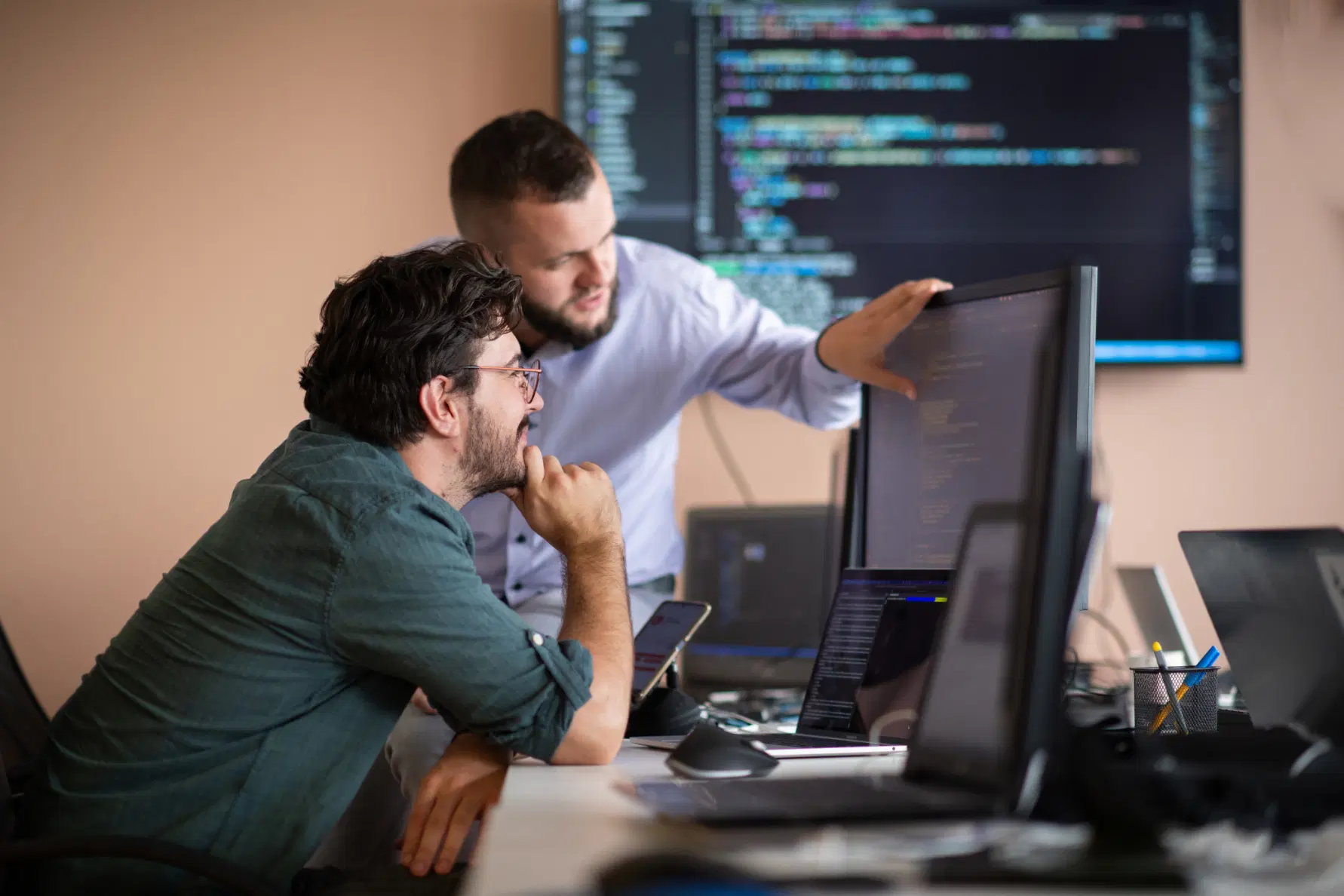Engineering
Best Practice: Conduct regular user interviews and usability testing
Sep 12, 2024
Success isn’t just about technical excellence—it’s about understanding your users better than anyone else. Every decision must be driven by their needs, behaviours, and frustrations. This is where user interviews and usability testing become essential. These are not optional—they’re your key to ensuring every feature and design choice aligns with user expectations and market demands.
This guide reveals how engineering teams can integrate these best practices into their workflows and why they are non-negotiable for long-term success.
Why User Interviews and Usability Testing Matter
Data alone doesn’t cut it. Assumptions are risky. If you want to lead the market, you need to engage directly with users. Without that, you miss the crucial insights that reveal what really drives their actions and frustrations.
- User Interviews: Speak with your users—learn firsthand about their pain points and goals. It’s not just research; it’s intelligence that refines your product vision, ensuring your solutions deliver exactly what they need.
- Usability Testing: Observe how users interact with your product in practice. Usability testing offers a way to watch users in real-world scenarios, identifying areas where they may struggle and uncovering opportunities to enhance the product's usability and overall experience.
Together, these methods ensure teams stay connected to the human side of product development, leading to solutions that meet real needs.
Conduct Structured User Interviews in the Design Phases
Structured user interviews must be integrated early in the design phase. The insights gained here will shape your product’s foundation.
- Validate Assumptions: Teams often enter the design process with preconceived notions about what users need. Interviews allow them to test these assumptions before significant development time is invested.
- Prioritise Features: Let users tell you what matters most—what may seem like a critical feature to the team may not hold the same value for users. Interviews help highlight the features and functionalities that drive value and cut anything that doesn’t.
- Enhance User Journeys: Learn how your users operate day-to-day. Understanding this allows teams to design workflows and interfaces that feel intuitive and aligned with natural behaviours.
Early interviews are your compass, steering the team through the complexities of user needs and technical feasibility.
Implement Regular User Interviews Throughout Development
Don’t stop at the design phase. By making user feedback a continuous part of the development lifecycle, teams can stay agile and responsive to evolving user expectations.
- Maintain Alignment with User Needs: Over time, users' priorities can shift as they adapt to new technologies or face emerging challenges. Regular interviews ensure that teams remain attuned to these changes and continue building relevant features.
- Spot Problems Early: Continuous engagement with users reveals potential roadblocks or misunderstandings before they become bigger issues, allowing teams to course-correct early.
- Guide Feature Enhancements: User feedback should drive every iteration, ensuring that future product updates are driven by real user demand.
Integrating user interviews into ongoing development cycles keeps the team focused on the most impactful features and refinements.
Perform Usability Testing Before Major Releases
User interviews provide valuable insights, but usability testing goes one step further by showing how users interact with the product in real-world conditions. Before any significant release, usability testing can uncover issues that may otherwise go unnoticed.
- Simulate Real-World Use: Observing users in realistic scenarios highlights how they approach key tasks and helps teams see where friction occurs.
- Identify Usability Gaps: Seemingly small design flaws or confusing user flows can have a major impact on user satisfaction. Usability testing allows teams to identify and resolve these issues before they become a problem post-launch.
- Reduce Support Burden: Catching usability issues early helps reduce the volume of user complaints or support requests, saving time for both users and the team.
The Long-Term Benefits of User-Centred Development
Engineering teams that consistently engage users and conduct usability tests set themselves up for long-term success. Over time, this practice not only enhances product quality but also builds a culture that values user input and continuous improvement.
- Greater Collaboration: When engineers, designers, and product managers share a deep understanding of user needs, it fosters better collaboration. Everyone is aligned toward the same goal—delivering value that matters.
- Reduced Technical Debt: User-centred development reduces the risk of building unnecessary or poorly adopted features. By focusing on what users genuinely need, teams avoid the costly mistakes that often lead to technical debt.
- Improved User Satisfaction: Products built with regular user input are far more likely to meet or exceed expectations, leading to higher user satisfaction and stronger adoption rates.
Conclusion
Regular user interviews and usability testing aren’t just best practices—they’re your blueprint for building products that dominate. These methods provide teams with direct, actionable insights, ensuring that every product decision is grounded in real user needs and experiences.
By making user feedback a cornerstone of the development process, teams can reduce risk, improve usability, and create products that users genuinely love. For any engineering team committed to excellence, these practices are essential to long-term success.







